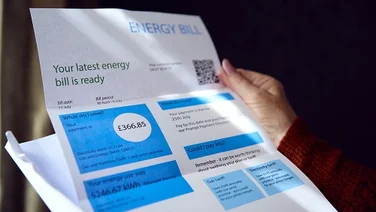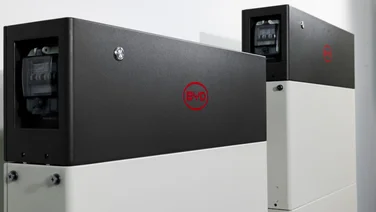- Although sales have slowed in the past six months, there is still a need for EV chargers
- At the end of November 2024, there were more than 74,000 public EV chargers in the UK
- There are around 850,000 EV chargers at home or in the workplace
Electric vehicles have spiked in popularity and are a key part of the UK meeting its Net Zero 2050 goals.
Although sales have slowed in the past six months, there is still a need for EV chargers for those that have purchased one or a hybrid.
In fact, at the end of November 2024, there were more than 74,000 public EV chargers in the UK. This is in addition to the predicted 850,000 chargers at UK homes or workplaces.
The problem? It seems like a lot of these EV chargers are broken. Not an ideal situation when the need to move away from petrol and diesel cars grows every day.
We’re investigating why this is, looking at the scale of the issue and which areas are the worst affected. We’ve spoken to EV owners to get their thoughts on the problem too.

How many public EV chargers are there in the UK?
Using the Zap Map website (a handy resource for locating charging points), it appears that there are around 74,000 EV chargers in the UK. This is a massive increase over the 5,000 or so chargers back in 2015, so it’s clear EVs are continuing the charge.
Just to be clear, we’ve totalled each charging point, not just each individual unit for ease.
How many EV chargers are expected in the future?
Towards the tail end of 2021, former UK prime minister, Boris Johnson, said that by 2030, the number of EV chargers in the UK will reach over a million.
In order to reach that figure, around 100,000 chargers would have to be installed from now until then.
Also, to meet the growing demand for EV sales, the UK would need 507 chargers installed every single day until 2035.
This might slow down in the near future, however, as EV sales have slowed down. In fact, Ford called for the government to introduce incentives to help encourage EV sales.

How many electric vehicle chargers are broken?
In the UK, some areas have reported up to 30% of EV charge points as out of service.
There are factors, though, that can cause an EV charge point to break down, such as if they are poorly maintained, you’ve increased usage or you’ve had network connectivity issues.
Other issues can be difficult to read locations, software protocol non-compliance or vandalism.
There’s also the debate that manufacturers are not building them to a reliable standard, despite statements to the contrary. Also, no single manufacturer’s EV charger is identical. Take Tesla’s Supercharger – it is quite literally a glorified socket that you can plug your car into. Other than dirt accumulating in the plug pins, or someone running over it, very little can go wrong.
You’re billed based on how much you charge your car (or what ‘Tesla credits’ you have stored), so the charger itself is very barebones (but efficient).
This isn’t the case for other chargers. The bp pulse EV charger, for example, relies on payment options including credit cards, contactless, and app payments. All of these introduce different things that can (and often do) go wrong. The wireless signal might fail, meaning no app support, or the bank connection could go down, meaning no credit card payments.
This isn’t ideal for drivers – especially ones that don’t have home chargers. Sound familiar? Find out what your alternative charging options are on our page: Can you charge your electric car at home with no driveway?
Which areas in the UK are hardest hit?
It’s always going to be frustrating finding a broken charger in a city like London where one might be round the corner or just a few streets away, but you’ve got traffic to contend with.
However, it’s rural areas that suffer the most from dodgy EV charge points. You might be driving for miles to get to a charging station only to find none of them work.
Electric vehicle owner, Anthony Reddington said in an interview with inews that “if you pull up to a petrol station, if the lights are on then you know you are going to be able to get petrol”. He added, “but if you pull up at a charge point, you roll up to it and you think ‘is it going to work?’”
Talking to drivers about broken EV chargers
Just looking at the recent increase in EV sales makes it clear more and more people are keen to go green. The problem is that far too many people are running into issues with EV chargers – whether this is at a rapid charger on a long-distance journey, or a charger in a city centre.
Thousands upon thousands of people have taken to social media to complain about broken charging points. Some of the most commonly complained about things include:
- Apps saying a charging station is operating, only for the driver to turn up to find it not working
- Identification cards being invalidated by faulty charging stations (this has happened with bp pulse stations primarily)
- Near-constant “safety checks” on charging stations that leave them inactive for months at a time
- Leaving a vehicle “charging” only to come back later and find it hasn’t charged at all
Summary
- Towards the tail end of 2021, former UK prime minister, Boris Johnson, said that by 2030, the number of EV chargers in the UK will reach over a million
- In order to reach that figure, around 100,000 chargers would have to be installed from now until then
- It’s rural areas that suffer the most from dodgy EV charge points. You might be driving for miles to get to a charging station only to find none of them work
- Thousands upon thousands of people have taken to social media to complain about broken charging points
- In the UK, some areas have reported up to 30% of EV charge points as out of service.







